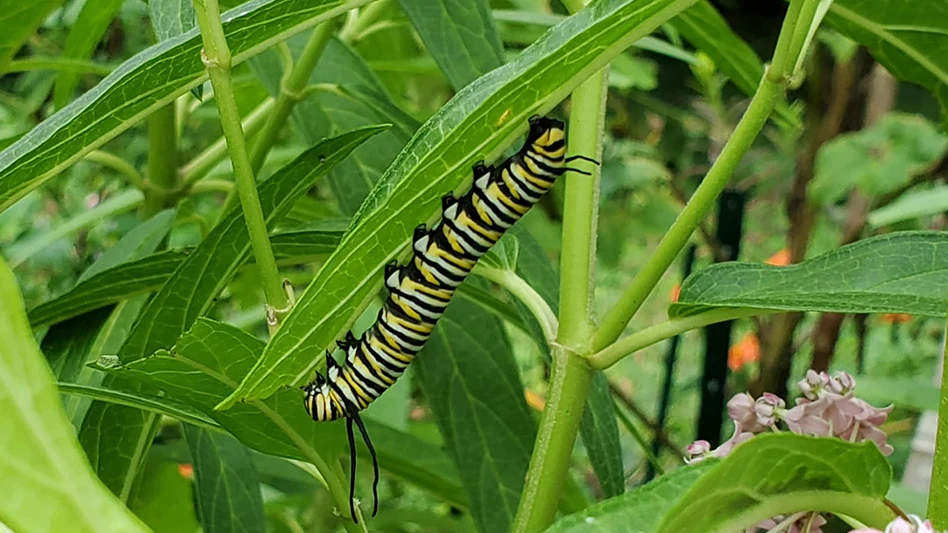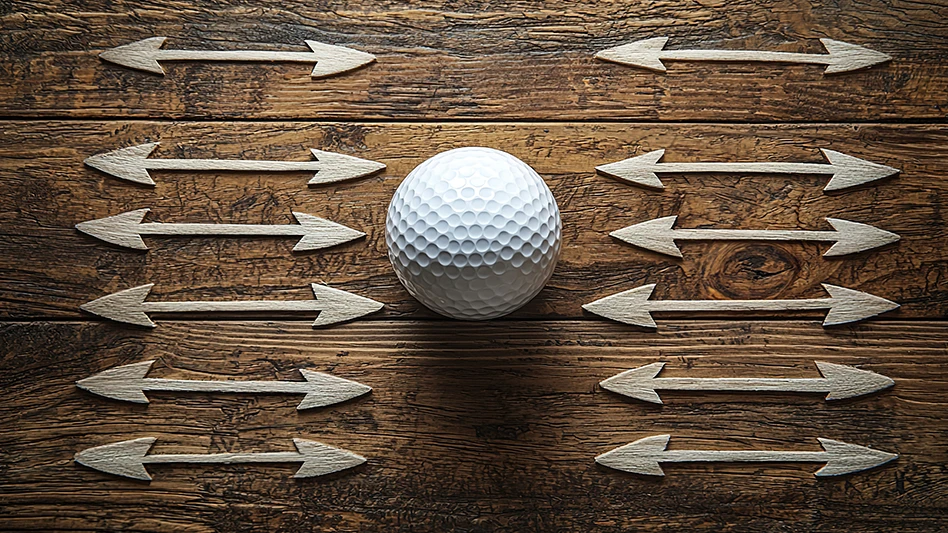
Oxbow Country Club reopened this month in Oxbow, N.D., following an extensive and comprehensive renovation by Robert Trent Jones II Golf Course Architects.
Originally built in 1975 near the Red River, the course was one of Jones’s earliest designs. Hugging the river’s U-shaped “oxbow” bends from which it took its name, the course quickly became recognized as one of the region’s premier layouts.
The five-year-long renovation program was largely instituted to mitigate flooding issues. Many years, in springtime and after common winter snow melt, the Red River would flood, putting the course and 42 nearby homes in jeopardy. The cities of Fargo and Moorhead formed a diversion authority that proposed flood protection for the entire region, including Oxbow. The first phase of the diversion project involved building a levee for flood protection around the Oxbow community. However, the levee bisected the existing course, necessitating the relocation of the clubhouse and more than half the golf holes.
The “new” Oxbow golf course, with 18 new or renovated holes, is beautifully and subtly designed, featuring gorgeous prairie views and striking bluegrass and fescues. The wind — or “the invisible hazard” according to Robert Trent Jones, Jr., chairman and master architect — comes into play on this wide-open layout. Accordingly, the RTJ II team made sure the fairways have enough room to play in any and all winds, leaving room for the ball to move. Some of the bluegrass species selected can handle the winter winds and desiccation that occurs, while accents such as Ohio's Best Sand in bunkers and concrete paths throughout the course will ensure that the new Oxbow remains the most impressive course in the region.
The land for the new holes came from a farm field just south of the existing course. “It was as flat as a pancake,” RTJ II president and chief design officer Bruce Charlton said, “but we were able to fit in all the new homes and the relocated homes. It sounds a little like a jigsaw puzzle, but it was fun to figure out, tying existing holes with the new ones and giving them the same characteristics.”
That includes elevation. Eight of the new holes now play “against” the levee, which rises 14 to 20 feet above the landscape. And with the relocation, the course was losing its original river oxbow; Jones’s team created a new oxbow of connected lakes, using the excavated material to create further contour and definition.
“Having such accomplished golf course architects work on a project of this magnitude and complexity was instrumental to Oxbow, ensuring that the club’s tradition of having the finest golf course in the region was maintained, and in this case, enhanced,” said Sedi Halvorson, general manager of the Oxbow Country Club. “Many course architects would consider having to build a golf course within a levee structure a hindrance. Not only did the RTJ II team view it as a positive, they used it in such a creative way to bring wonderful elevations to the course, creating beautiful tee shots and overall course contours and views not commonly found in the plains. It is truly a work of art.”
“We’re really proud, in today’s age of natural disasters, that the people there took a proactive approach,” Charlton said. “Knowing they get flooding, they did what they could to make their lives better. The course is a key component of the club and the city.”
Latest from Golf Course Industry
- Introducing our January 2025 issue
- Bergin renovating Florida’s Golf Club at Crown Colony
- Club at Porto Cima picks KemperSports
- Illinois course receives Audubon Certification
- Adding to our content game
- Florida's Panther National names turf leadership team
- The Aquatrols Company adds new territory manager
- It’s OK to have fears





